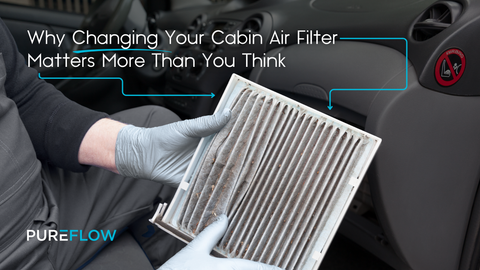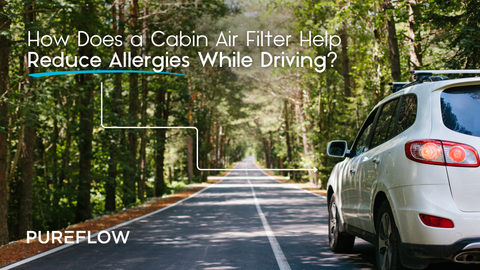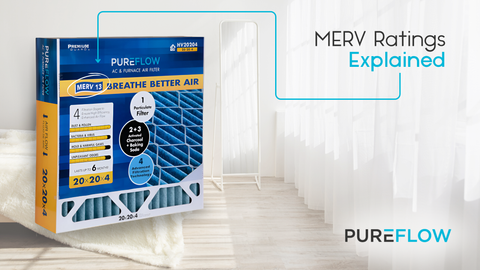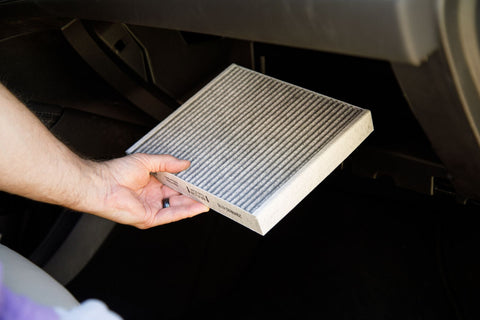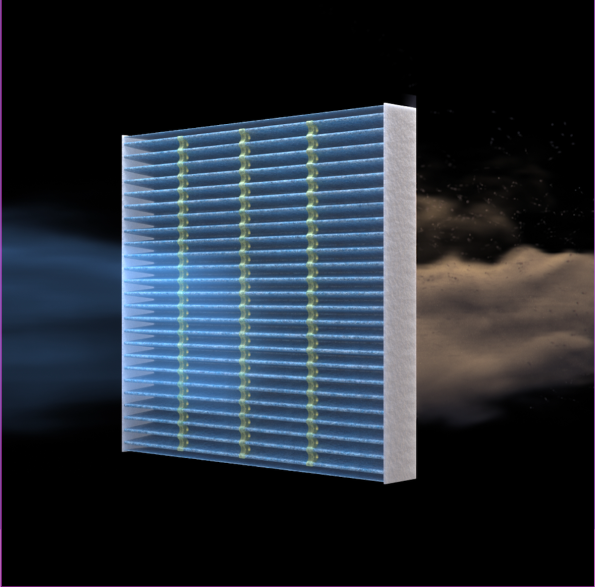Air is a mixture of different gases with Nitrogen as the major component having a concentration of 78.09% and oxygen 20.95%. The remaining 0.96% comprises of argon, carbon dioxide, and other gases. Air also contains water vapors. All of these gases are present in the air in harmless concentrations. Due to human activity or natural processes such as fires, the concentration of the harmful gases increases in the atmosphere. This is known as air pollution. Apart from gases, fine particulate materials can also contribute to air pollution. The examples are dust emission from industries, carbon emission from coal power plants and alike. The water vapors in the air sometimes enhance the effect of pollutants in the air. Water can absorb certain gases such as carbon dioxide or sulfur dioxide and become acidic in nature. When such water deposit on the surfaces causes corrosion, when inhaled it can damage the lungs. Smog is also a type of air pollution involving water. Smog particles are composed of water, acidic gases, and particulate material. At a certain temperature, the water condenses and become suspended in the air.
The increased concentration of the following gases is considered as the main source of air pollution: Carbon Monoxide: A lethal gas, formed during incomplete combustion of fuel such as in car exhausts or poorly maintained diesel/gasoline generators.
Carbon Dioxide: Carbon dioxide is present only 0.04 % in the atmosphere and is not a dangerous gas for health. However, it is a greenhouse gas and contributes to global warming.
Sulfur Oxides (SOX): Sulfur oxides are toxic gases, injurious to lungs. SOX are acidic gases and contributes to acid rain and smog.
Nitrogen Oxides (NOX): Nitrogen dioxide is an irritant gas, contributes to acid rain, a formation of ground-level ozone and smog.
Volatile Organic Compounds (VOCs): These are organic chemicals (carbon-based), evaporate easily at room temperatures and convert into the gases. VOCs are mostly used as solvents in paints, varnishes, and waxes. They have long term chronic effects on people's health.
Ozone: Although ozone in the upper atmosphere is beneficial because it blocks harmful radiations coming from the sun. However, the presence of ozone at ground level is undesirable because it x`
Unburnt Hydrocarbons: Incomplete combustion of petroleum fuels results in the formation of toxic gases such as carbon monoxide. The release of unburnt hydrocarbons in air contributes to smog. These gases are toxic if inhaled in significant amounts.
Particulate Matter: Particulate material includes the dust, carbon soot, heavy metal dust, incinerator smoke and fly ash. These materials can cause health problems and smog in the air. Biological Air Pollutants: These include mold, remains or droppings of pests, animal skin or hair, dead cells, bacteria etc. The biological air pollutants can affect the quality of air indoors.
Don't have poluted air. Read up on all the research surrounding cabin filters and then get the right filter for your car cabin from Pureflow now! Made with the latest filtering technology, finally breathe a sigh a relief by getting effective filters today.





























